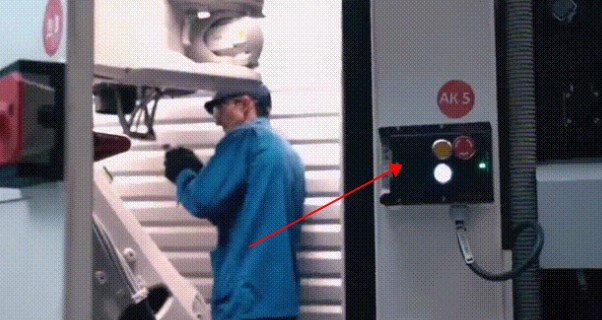The general steps of a Lockout/tagout operation include:
1. Prepare to close
The licensee will determine which machines, equipment or processes need to be locked, which energy sources are present and must be controlled, and what locking devices will be used. This step involves collecting all required devices (for example, locking devices, Lockout tags, etc.).
2. Notify all affected persons
The authorized person will communicate the following information to the affected person:
What will be Lockout/tagout.
Why is it Lockout/tagout?
Approximately how long the system is unavailable.
If not themselves, who is responsible for Lockout/tagout?
Who to contact for more information.
This information should also be displayed on the tag required for the lock.

3. Shut down the device
Follow shutdown procedures (established by manufacturer or employer). Equipment shutdown includes ensuring that controls are in the off position and that all moving parts such as flywheels, gears and spindles have been completely stopped.
4. System isolation (power failure)
A machine, device, or process identified according to a locking procedure. Review the following isolation practices for all forms of hazardous energy:
Power – Switching power supply is disconnected to off position. Visually confirm that the breaker connection is in the open position. Lock the disconnector to the open position. Note: Only trained or authorized switches or circuit breakers can be disconnected, especially under high voltage.
Post time: Jun-15-2022






